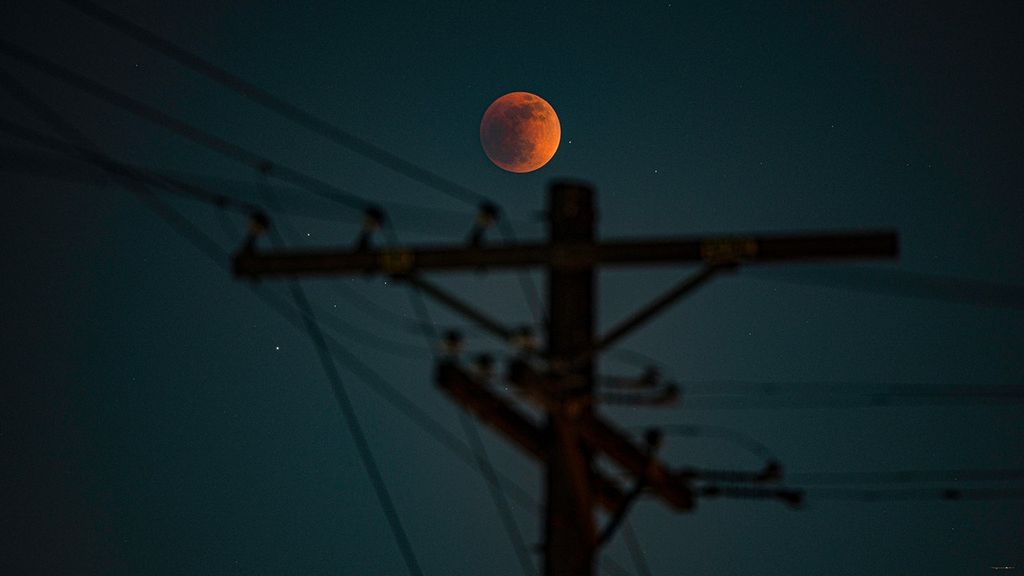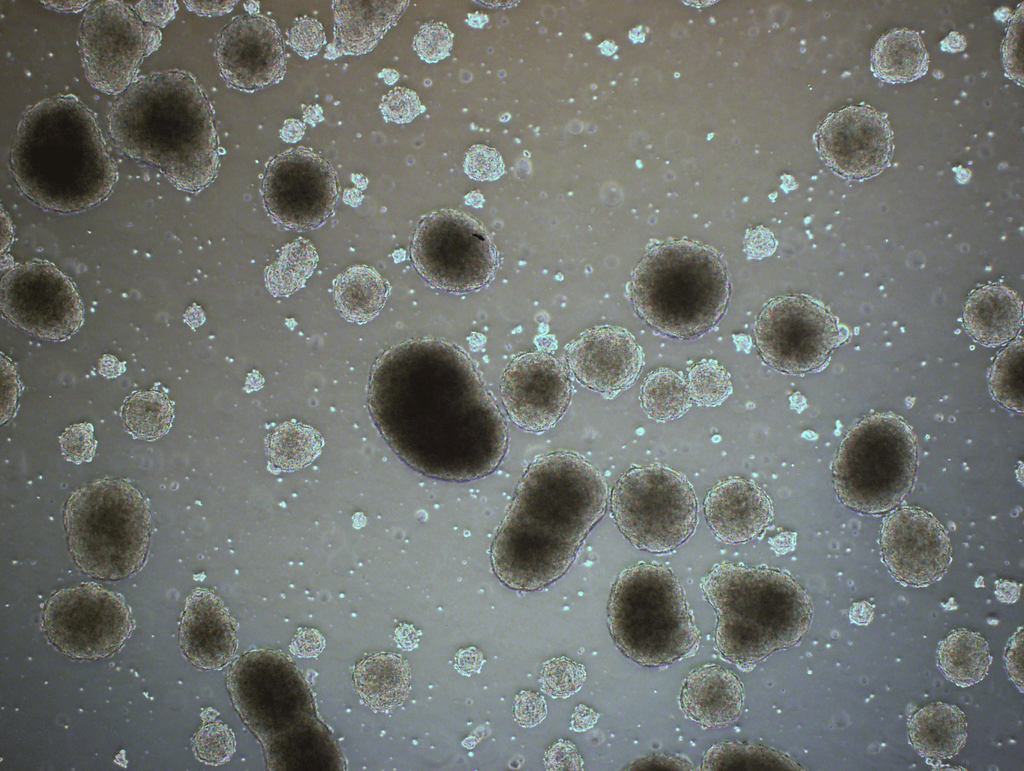


About Orion
Orion will serve as the exploration vehicle that will carry and sustain the crew on Artemis missions to the Moon and return them safely to Earth. Orion will launch on NASA’s new heavy-lift rocket, the Space Launch System, and provide emergency abort capability.
number of crew
4
Mission duration
Up to 21 days
full stack height
67 ft
gross liftoff mass
78,000 lbs
Launch Abort System
The launch abort system will carry the crew to safety in the event of an emergency during launch or ascent atop the agency’s Space Launch System rocket. It can activate within milliseconds to pull the vehicle to safety and position the crew module for a safe landing.
Read More
Crew Module
The crew module is the pressurized part of the Orion spacecraft, sometimes referred to as the capsule, where crew will live and work on their journey to the Moon and back. The crew module can accommodate four crew members for up to 21 days, and provides a safe habitat through launch, on-orbit operations, landing, and recovery.
Read More
Service Module
Orion’s European Service Module is the powerhouse that fuels and propels the Orion spacecraft in space. Located below the crew module, it provides critical functions including propulsion, thermal control, and electrical power generated by solar arrays. The service module will also provide life support systems including water, oxygen, and nitrogen for the crew. In addition to its function as the main propulsion system for Orion, it is responsible for orbital maneuvering and position control.
Read More
Orion by the Numbers
Taking humans farther than they've ever been.
Get the stats on NASA’s newest spacecraft.
View Fact SheetOrion Reference Guide
A detailed overview of the design, development, testing, and engineering of NASA's Orion spacecraft.
Learn More About Orion about Orion Reference Guide





































